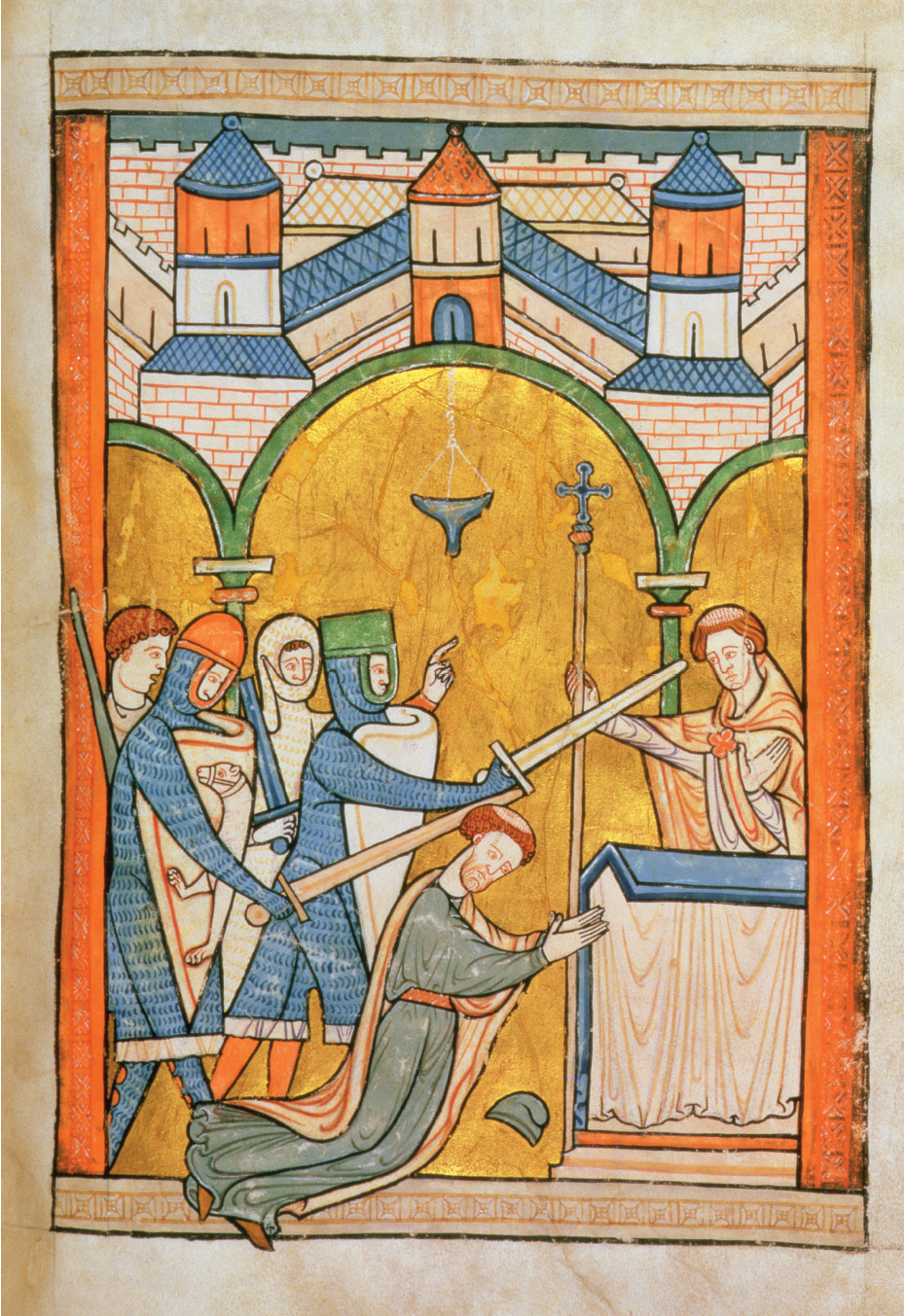Introduction for Chapter 9
9. State and Church in the High Middle Ages, 1000–1300
>What steps did monarchs take to increase their power and authority during the High Middle Ages? Chapter 9 examines the development of centralized secular and religious authority in the High Middle Ages. As the invasions and migrations that had contributed to European fragmentation gradually ended, rulers began to develop new institutions of law and government that enabled them to assert their power over lesser lords and the general population. At the same time, energetic popes built their power within the Western Christian Church and tried to assert their superiority over kings and emperors. A papal call to retake Jerusalem led to nearly two centuries of warfare between Christians and Muslims. At the same time, conquest and colonization led to the gradual incorporation of European border regions into a more uniform Christian realm.
LearningCurve
After reading the chapter, use LearningCurve to retain what you’ve read.

>How did monarchs try to centralize political power?
>How did the administration of law evolve in this period?
>What were the political and social roles of nobles?
>How did the papacy reform the church?
>What roles did monks, nuns, and friars play in medieval society?
>What were the causes, course, and consequences of the Crusades?
| 936– |
1170 |
| – Reign of Otto I in Germany; facilitates spread of Christianity in the Baltics and eastern Europe | – Thomas Becket assassinated in England |
| 1059 | 1180– |
| – Lateran Council restricts election of the pope to the college of cardinals | – Reign of Philip II (Philip Augustus) in France; territory of France greatly expanded |
| 1061– |
1198– |
| – Normans defeat Muslims and Byzantines in Sicily | – Innocent III; height of the medieval papacy |
| 1066 | 1215 |
| – Norman conquest of England | – Magna Carta |
| 1073– |
1216 |
| – Pontificate of Pope Gregory VII, proponent of Gregorian reforms | – Papal recognition of Dominican order |
| 1095– |
1221 |
| – Crusades | – Papal recognition of Franciscan order |
| 1098 | 1290 |
| – Cistercian order established | – Jews expelled from England |
| 1100– |
1298 |
| – Reign of Henry I of England; establishment of the Exchequer, England’s bureau of finance | – Pope Boniface VIII orders all nuns to be cloistered |
| 1100– |
1302 |
| – Establishment of canon law | – Pope Boniface VIII declares all Christians subject to the pope in Unam Sanctam |
| 1154– |
1306 |
| – Reign of Henry II of England; revision of legal procedure; beginnings of common law | – Jews expelled from France |
| 1397 | |
| – Queen Margrete establishes Union of Kalmar |